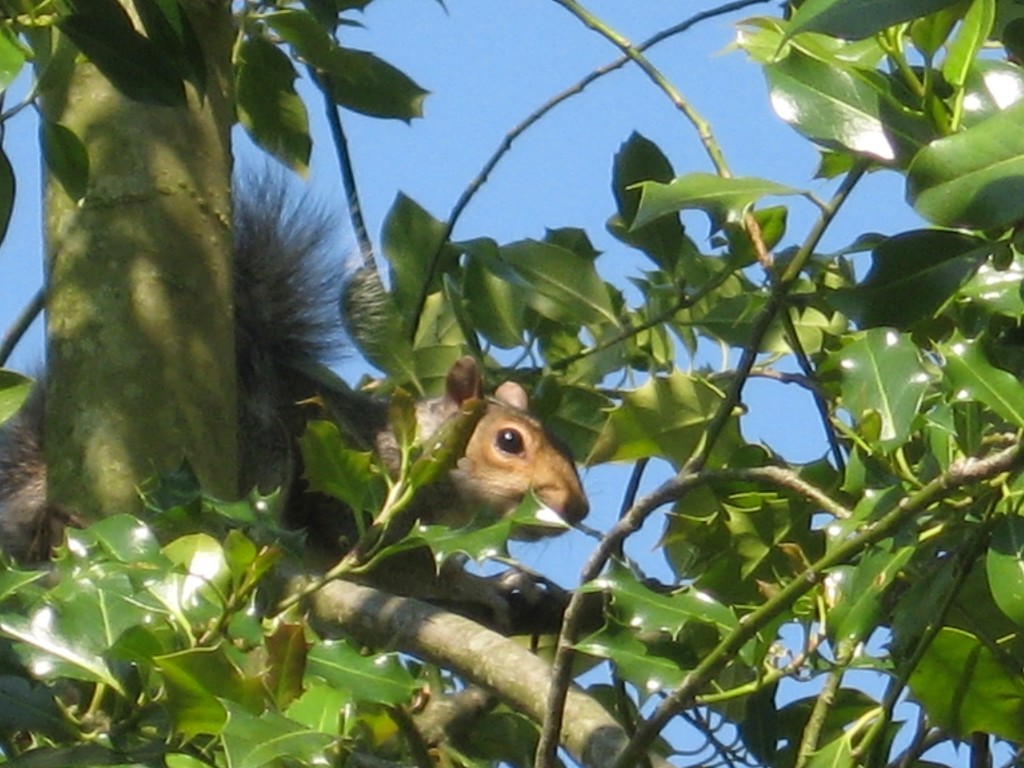-

-
Email: sales@sussextrugs.com
-

-
Tel: +44 (0) 1323 871 640
-

-

-
Tel: +44 (0) 1323 871 640
-
Email: sales@sussextrugs.com

Email: sales@sussextrugs.com

Tel: +44 (0) 1323 871 640


Tel: +44 (0) 1323 871 640
Email: sales@sussextrugs.com
The Sweet Chestnut that we coppice (also known as Spanish Chestnut) was first brought to southern England by the Romans some time after they invaded Britain in about 43 AD. It only grows in the south eastern corner of England, where it grows very well.
The Chestnut is “coppiced”. This is a traditional form of woodland management and ensures the well being of flora and fauna in the woodlands. When the trees are cut plants such as bluebells become dormant and other, sun loving flowers and plants grow instead. As the trees re-grow they form cover on the woodland floor and shade loving flowers and plants (like bluebells) take sway once again. A well managed woodland is also enjoyable to walk through and observe the changes to flora and fauna.
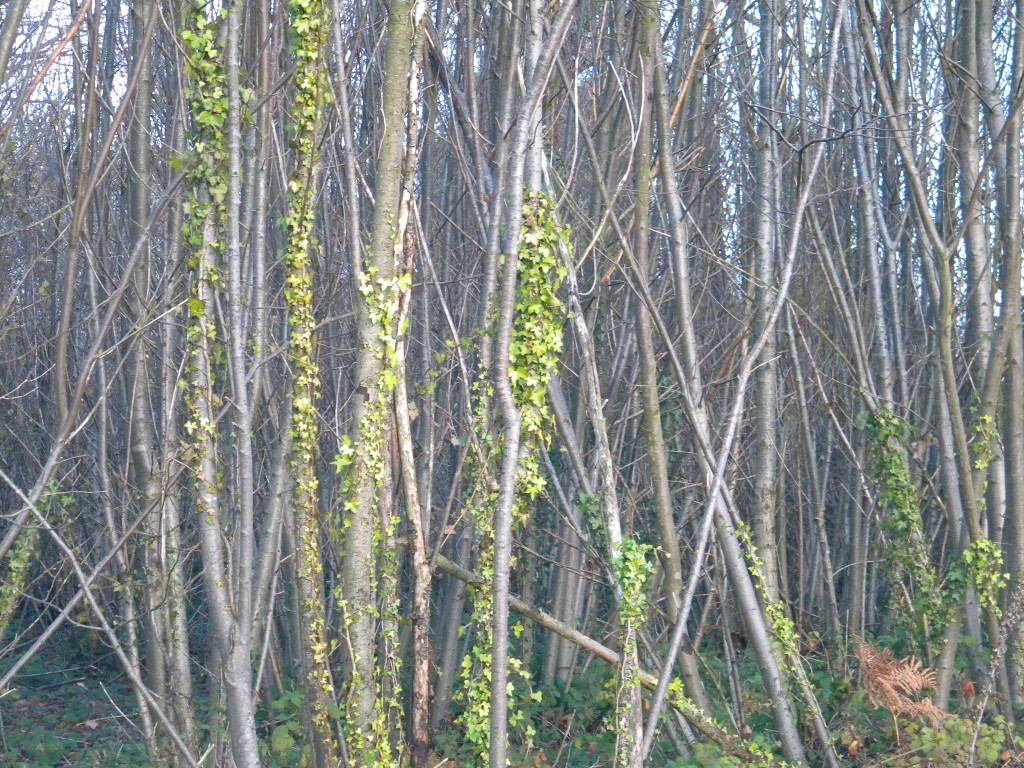
When the Chestnut is cut it is sawn at a 45 degree angle so that the rain runs off the stump to prevent rotting. The year after cutting there are three or four new shoots growing off that stump and these will become full trees. Some stumps, known as bowls, will sport anything up to eight new trees. We use trees that are between 8 – 12 years old. Our requirement for coppiced chestnut helps keep woodland management skills alive, and our woodsmen, Chris Gray, is committed to his work and the well being of the woodland environment.
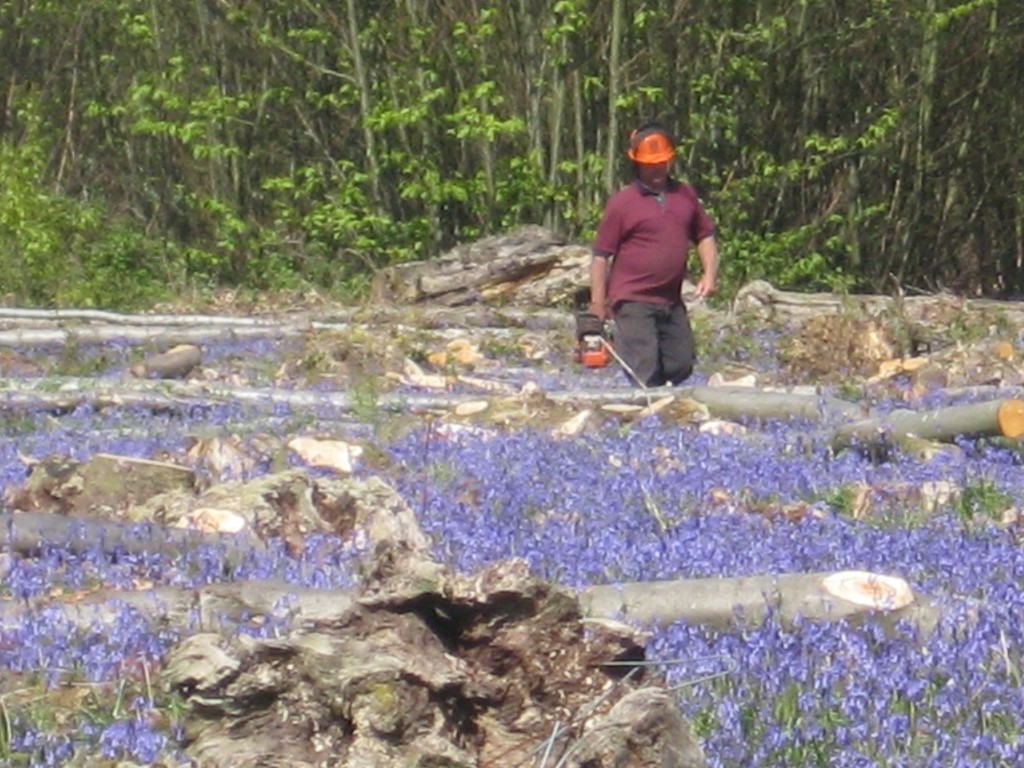
The Cricket Bat Willow that we use is harvested by the company that makes the cricket bat “clefts”. Clefts are basically blank cricket bats, before they are formed. Traditionally similar skills were used to make cricket bats, such as shaving, but more and more these days the same work is done by machines. Our supplier sends us the rejected cricket bats and tops of trees that are not suitable for making the cricket bats. They also plant three trees for each one harvested, thus ensuring the future of their, and our, industries and the care of the English woodland environment.
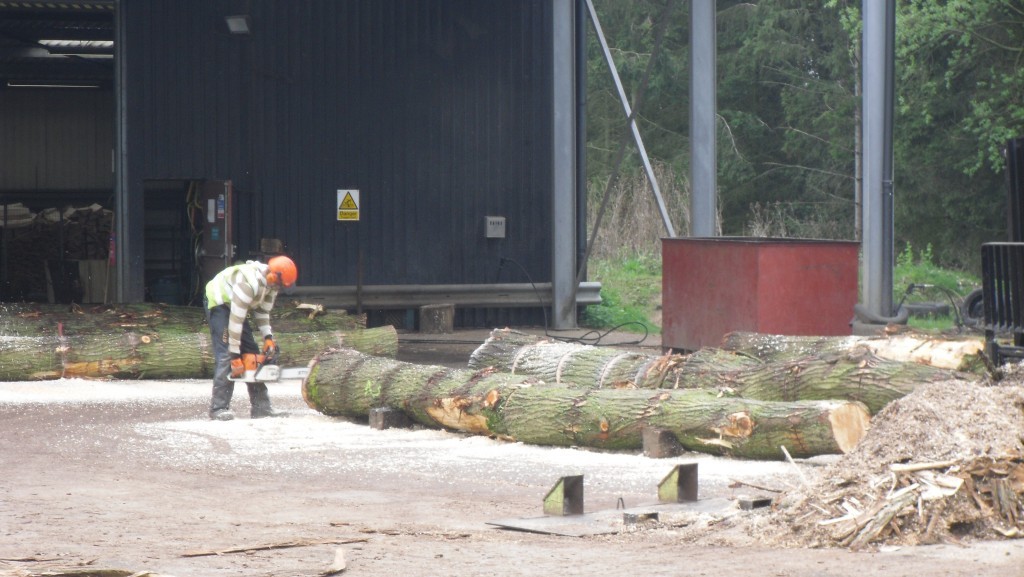 Willow Trees being cut to length
Willow Trees being cut to length
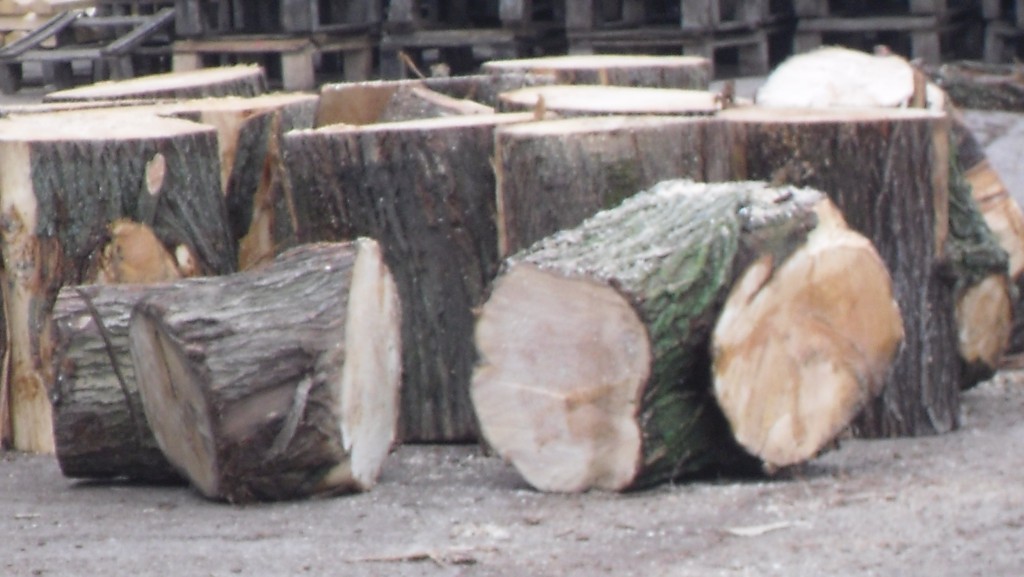 Willow length before sawing into clefts
Willow length before sawing into clefts
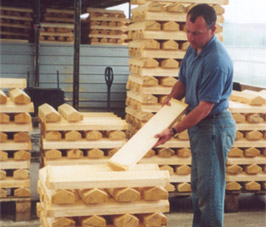 Willow Clefts being graded
Willow Clefts being graded
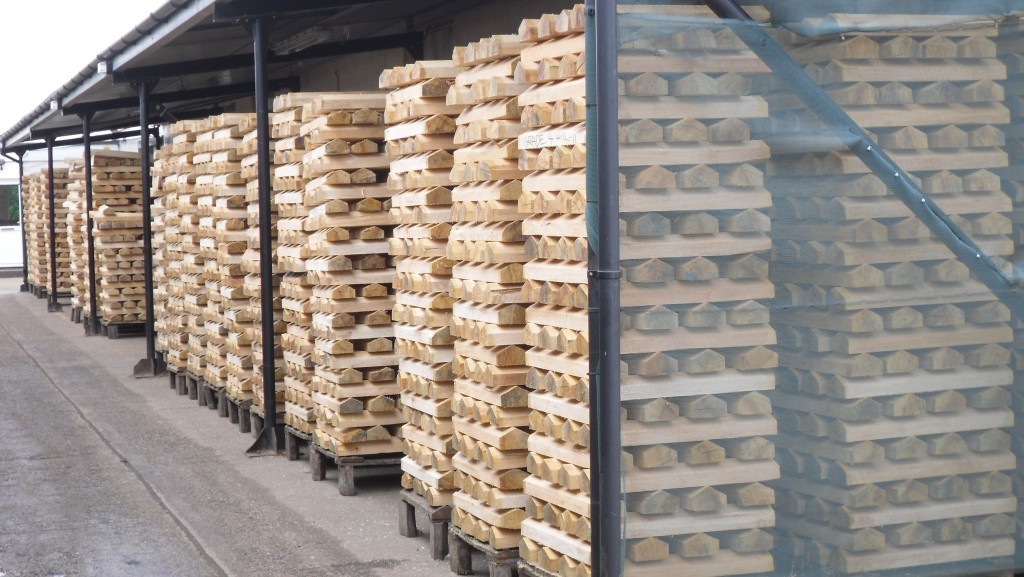 Willow Clefts drying
Willow Clefts drying
The Latvian and Finnish Birch ply that we use is also harvested and European Law dictates that each tree that is cut must be replaced by two more.
